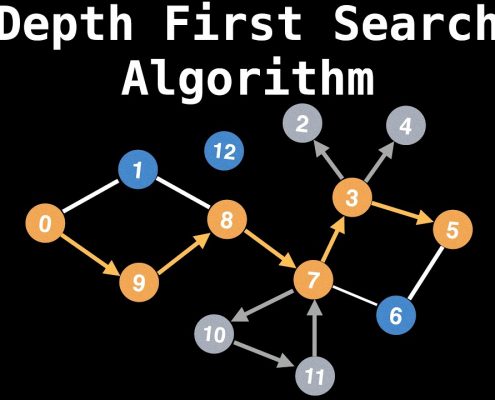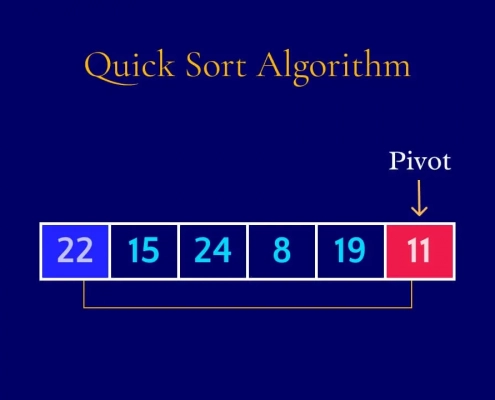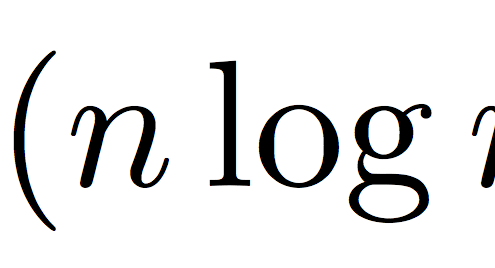Yazılar

Derinlik Öncelikli Arama (DFS) Algoritması Rehberi
0 Yorumlar
/
Graf teorisi ve algoritmalar dünyasında, Derinlik Öncelikli…

Hızlı Sıralama (Quick Sort) Rehberi: Böl ve Fethet Algoritması
Sıralama, bilgisayar bilimlerinin temel taşlarından biri.…

Birleştirme Sıralaması (Merge Sort) Rehberi: Böl ve Fethet Algoritması
Sıralama, bilgisayar bilimlerinin temel taşlarından biri.…

Birleştirme Sıralaması ve Hızlı Sıralama Rehberi: Böl ve Fethet Algoritmaları
Sıralama, bilgisayar bilimlerinin temel taşlarından biridir…

İkili Arama Algoritması: Verimlilik
Arama, bilgisayar bilimlerinin temel işlemlerinden biridir ve…

Büyük O Notasyonu Rehberi: Algoritma Verimliliğini Anlama
Algoritmaların verimliliği, bilgisayar bilimleri ve programlama…
